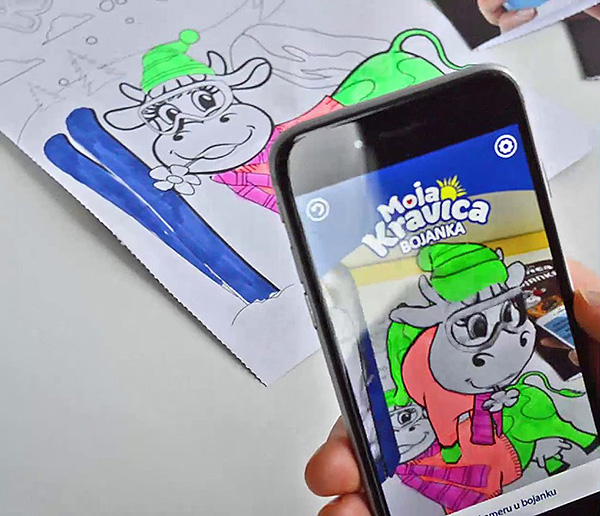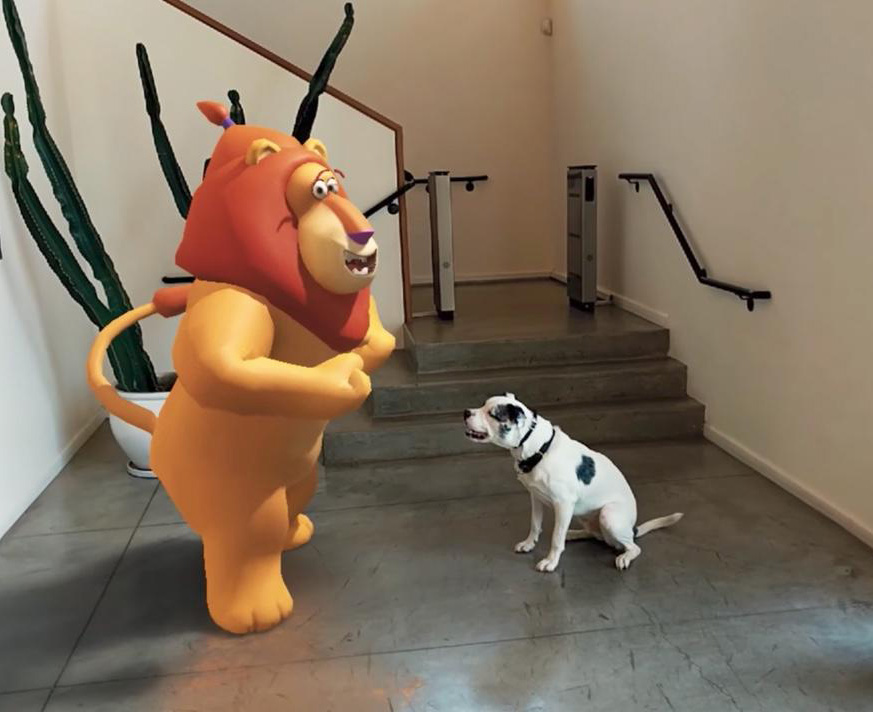LOOK THROUGH THE CAMERA LENS
AUGMENTED REALITY
Virtual 3D objects appear over our reality
TRACKING TARGETS
PRINTED IMAGES ARE TARGETS
3D OBJECTS
FLOATING VIRTUAL WORLDS
ARTKIT AND ARCORE
TRACKING WITHOUT TARGETS
DIGITALISATION IN ARTS AND CULTURE
INNOVATIVE USAGE OF AR


INTERACTIVE INSTALLATIONS
AR ON BIG SCREENS

WHAT IF THEY CAN TALK?
3D CHARACTERS

FREQUENTLY ASKED QUESTIONS
Any image that has a significant number of high contrast details can be used as a tracking image or so-called target.
Yes and no. It depends if the curvature is fixed or movable. We generally advise using flat surfaces for image targets.
Yes, this is one of the most commonly used ways to utilize AR functionalities – bring static images to life through video. A full-screen option is possible as well.
Yes! This is also a very interesting utilization of AR – activation of content based on a recognized image. We use it in the mobile app for Danish History Museum, where a visitor can get additional details on paintings by simply pointing the camera at an image.
Yes, but not on all devices. Google and Apple have released their AR SDKs that enable a new generation of AR apps that can have 3D content float in space without any tracking codes, just by analyzing camera image.